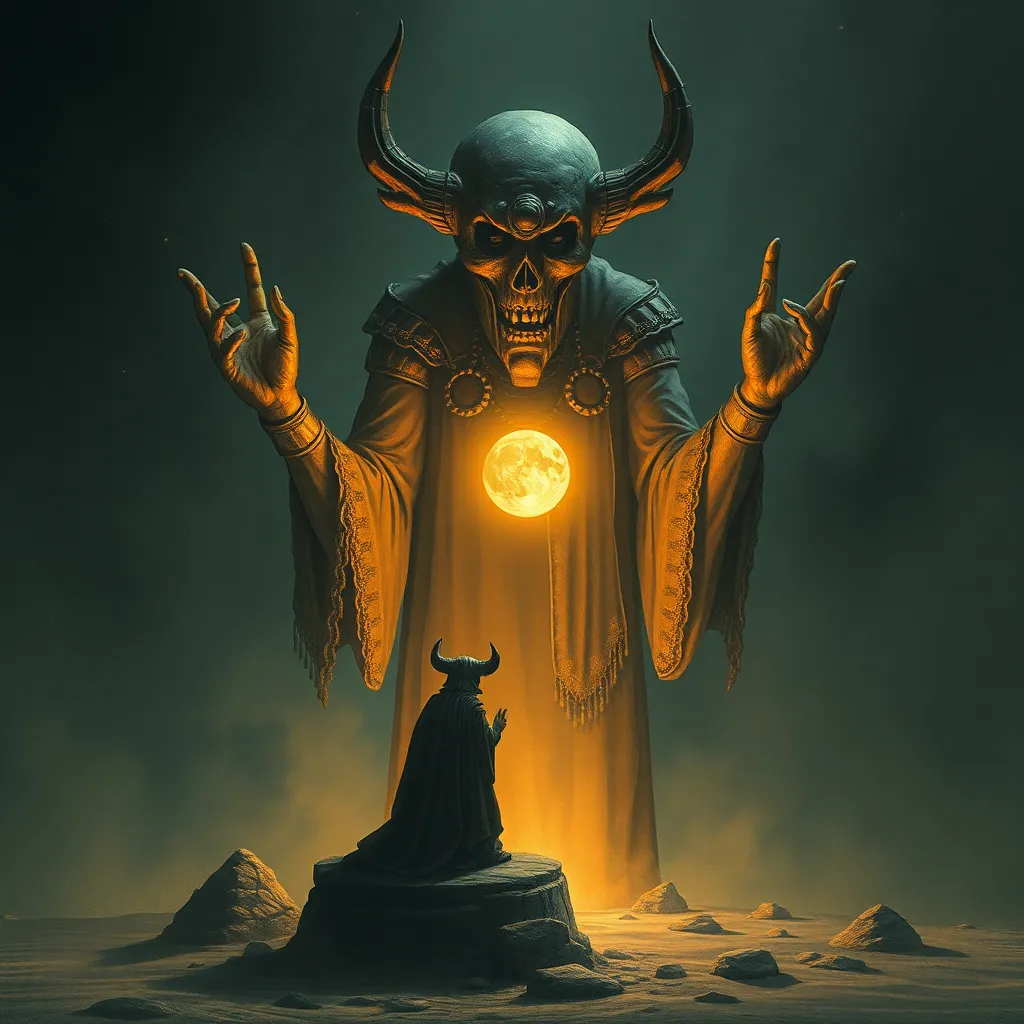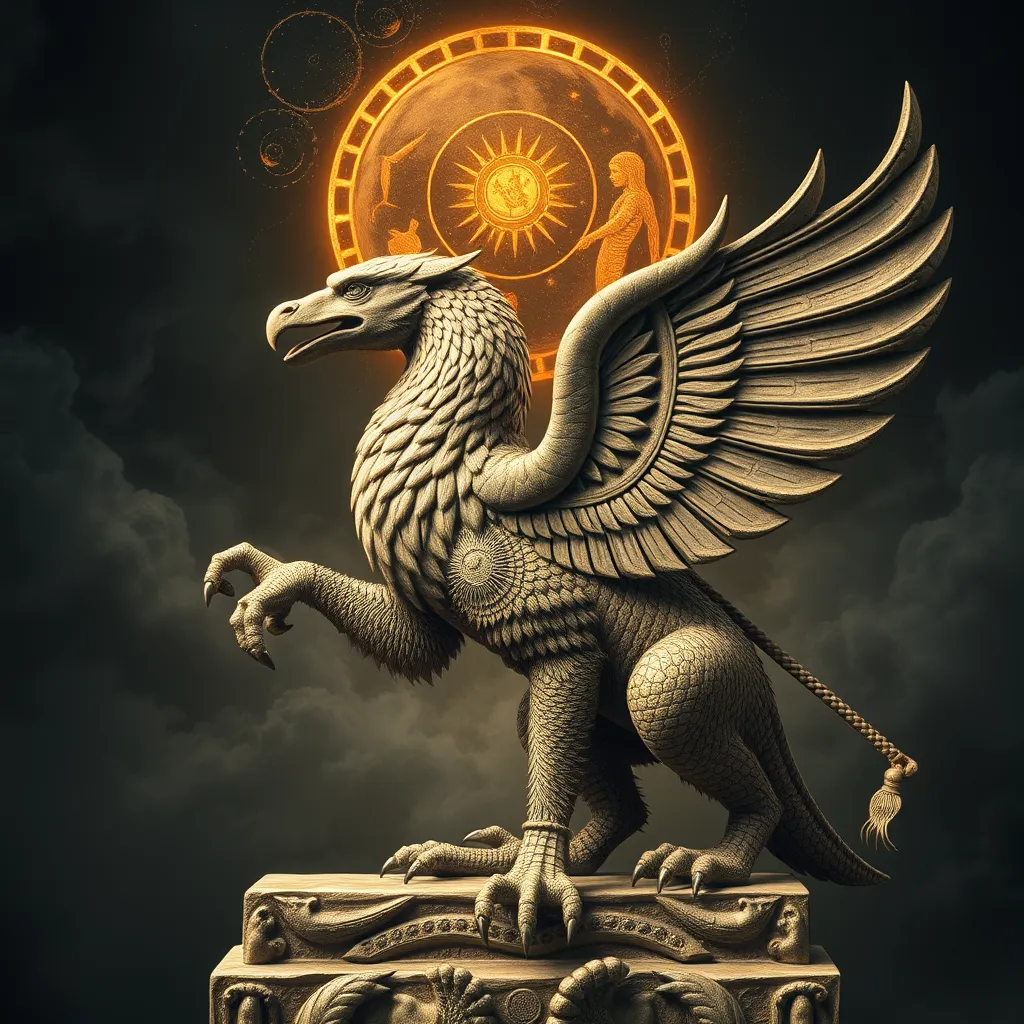The Golem’s Silence: Examining the Role of Un-Spoken Truths in Jewish Folklore
I. Introduction
The Golem myth is a captivating story deeply rooted in Jewish folklore, portraying the tale of a creature made from clay and animated through mystical means. This legend, particularly associated with the city of Prague and the esteemed Rabbi Judah Loew, commonly known as the Maharal, speaks to themes of creation, protection, and the complexities of existence. The Golem serves as a vessel for exploring profound themes, notably the significance of silence and unspoken truths within storytelling.
Silence in folklore often carries weight, representing the unsaid and the underlying tensions within narratives. Through the Golem’s silence, we can uncover layers of meaning that resonate with both historical and contemporary contexts. The purpose of this article is to delve into the deeper meanings behind the Golem’s silence and the implications of these unspoken truths in Jewish folklore.
II. Historical Context of the Golem Legend
The origins of the Golem myth trace back to medieval Jewish mystical traditions, particularly within Kabbalistic teachings. The earliest references to the Golem appear in texts from the 16th century, with the most notable stories surrounding Rabbi Loew, who is said to have created a Golem to protect the Jewish community from anti-Semitic persecution.
Throughout history, the Golem narrative has evolved, reflecting the socio-political climates of various eras. Key historical figures, such as Rabbi Loew, have become symbolic within this myth, representing the struggle for survival and the balance of power between oppressors and the oppressed.
III. The Symbolism of Silence in Jewish Folklore
Silence is a recurring motif in Jewish folklore, often interpreted as a form of resistance. In the context of the Golem, the creature’s silence can be seen as a powerful statement against the injustices faced by the Jewish people. This silence embodies the struggles and the voicelessness of marginalized communities.
Moreover, the relationship between speech, power, and authority is paramount in these tales. The act of speaking carries the potential for both creation and destruction. In many stories, silence signifies the presence of hidden truths, representing the struggle against oppressive forces.
- Example: In the tale of the Golem, its silence highlights the limitations of power when wielded without understanding.
- Other tales, such as those of the dybbuk, also explore the implications of silence and the unspoken, reinforcing the complexities of communication in the face of adversity.
IV. The Golem as a Reflection of Social Struggles
The Golem symbolizes the marginalized voice, representing those who are often silenced in society. The creature’s existence raises questions about identity, belonging, and the role of the protector in times of crisis. Through its narrative, the Golem reflects the struggles of Jewish communities throughout history, often facing oppression and violence.
The themes of oppression and identity resonate deeply with contemporary social issues, where marginalized groups seek recognition and justice. The Golem’s silence serves as a poignant reminder of the struggles faced by those whose voices are stifled, urging us to listen to the unspoken truths around us.
V. The Role of the Creator in the Golem Narrative
The dynamics between the creator and the creation are central to the Golem narrative. Rabbi Loew’s intentions in creating the Golem were rooted in a desire to protect his community, yet the consequences of his actions raise moral questions. The silence of the Golem can be interpreted as a commentary on human responsibility and the ethical implications of creation.
This silence serves to highlight the potential failures of the creator. The Golem, while intended as a protector, ultimately becomes a symbol of the unforeseen consequences of wielding power without accountability.
VI. Unspoken Truths and Moral Dilemmas
The Golem’s actions, though aimed at protection, invite analysis of the moral implications involved. The tension between doing good and the consequences of silence illustrates the complexities of ethical decision-making. The Golem operates in a gray area, where its silence can be perceived as both a form of strength and a significant moral failing.
These dilemmas parallel other Jewish ethical teachings, which often explore the intricacies of human behavior and the weight of unspoken truths. The Golem’s narrative illuminates the importance of addressing moral complexities rather than shying away from uncomfortable truths.
VII. The Golem in Modern Interpretations
In contemporary culture, the Golem myth has been adapted in various forms, including literature, film, and art. These adaptations often reinterpret the Golem’s silence, reflecting modern societal issues and the ongoing relevance of its story.
- Literature: Authors have explored themes of identity and resistance through the lens of the Golem, emphasizing its symbolic power.
- Film: Movies often depict the Golem as a misunderstood creature, further amplifying its silence as a means of conveying deeper emotional struggles.
- Art: Visual representations of the Golem frequently highlight the tension between creation and destruction, using silence as a powerful visual metaphor.
VIII. Conclusion
The Golem’s silence is a multifaceted symbol within Jewish folklore, representing unspoken truths that resonate across time and culture. The enduring legacy of the Golem serves as a reminder of the importance of acknowledging silence and the complexities it embodies. As we reflect on the Golem’s tale, we are encouraged to listen to the voices that remain unheard and to confront the unspoken truths that shape our narratives.
Ultimately, the Golem stands as a testament to the rich tapestry of Jewish folklore, urging us to recognize the power of silence and the responsibilities that come with creation and protection.



